Some species are more vulnerable to bad handling practice than others, and pike come close to the top of that list.
With winter fast approaching, these fearsome freshwater predators will soon become the focus for many – yet despite their power-packed build and seemingly fierce nature, pike can be quite fragile creatures that will suffer more than most other coarse fish from poor handling.
In truth, all our fish are too valuable to catch just once. With so many more people coming into angling for the first time, we’re taking a closer look some of the things you can do to ensure the catch-and-release process is swift and simple.
LURES ARE A GREAT TACTIC FOR PIKE, HERE IS OUR GUIDE TO THE BEST PIKE LURES.
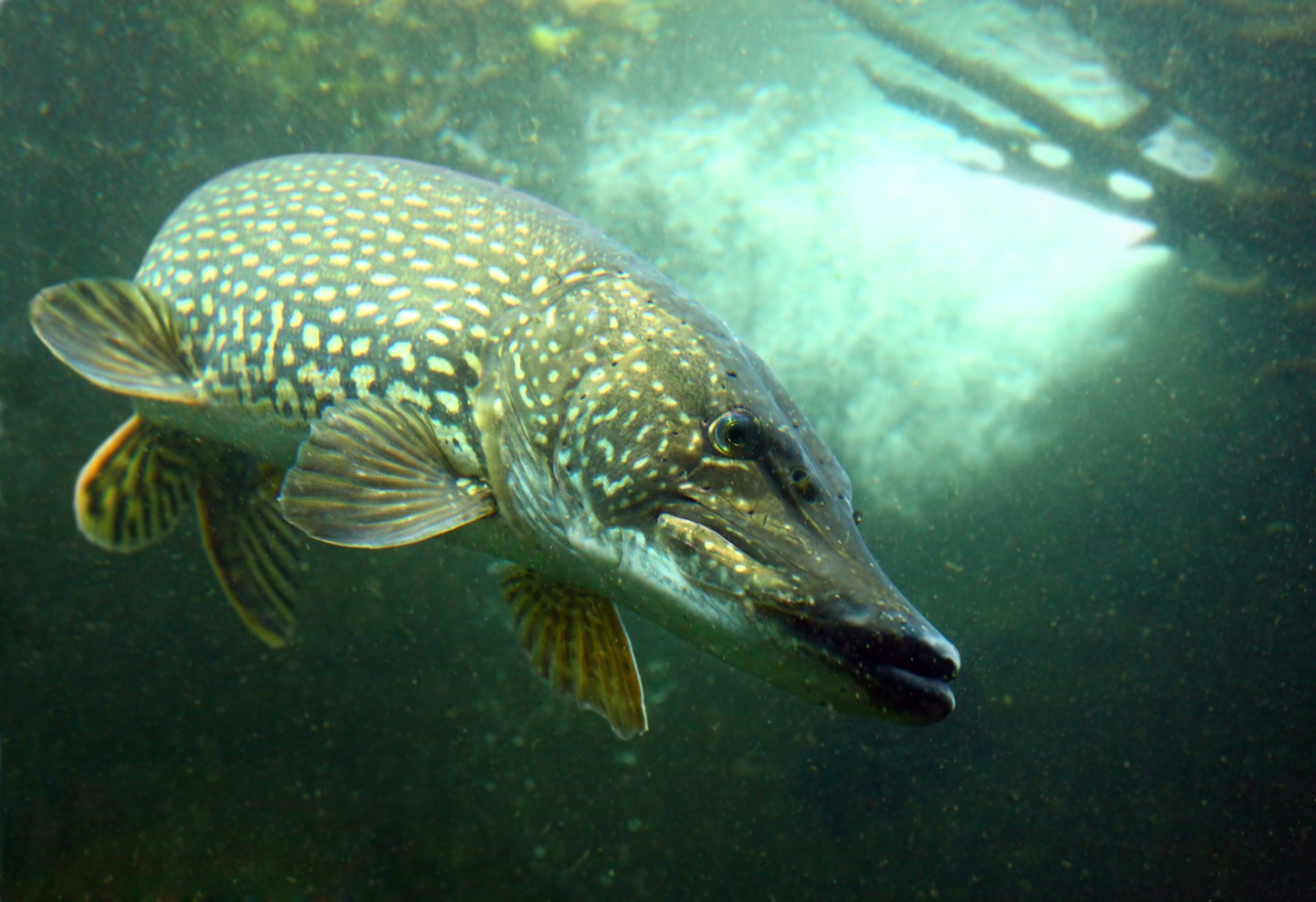
Strike as soon as you get a bite
This will help to avoid many of the problems associated with the species. Any delay can lead to the fish being deep-hooked, and this advice is even more important at this time of year when, in cooling temperatures, pike will often sit on the spot eating the bait, so bites can be subtle. Don’t delay, strike straight away!
USING THE RIGHT RIGS CAN HELP WITH THIS PROCESS, HERE IS A GOOD FLOAT RIG FOR PIKE.
Get them in quickly
When you hook into a pike (always using sufficiently strong gear – 15lb minimum mainline and wire traces) – the aim should always be to get them into the net as quickly as is feasibly possible. Tiring a fish out needlessly will only increase the stress it feels and its chance of being injured.
A GOOD REEL WILL HELP YOU GET A PIKE UNDER CONTROL. HERE'S OUR GUIDE TO THE BEST FISHING REELS FOR ALL SPECIES.
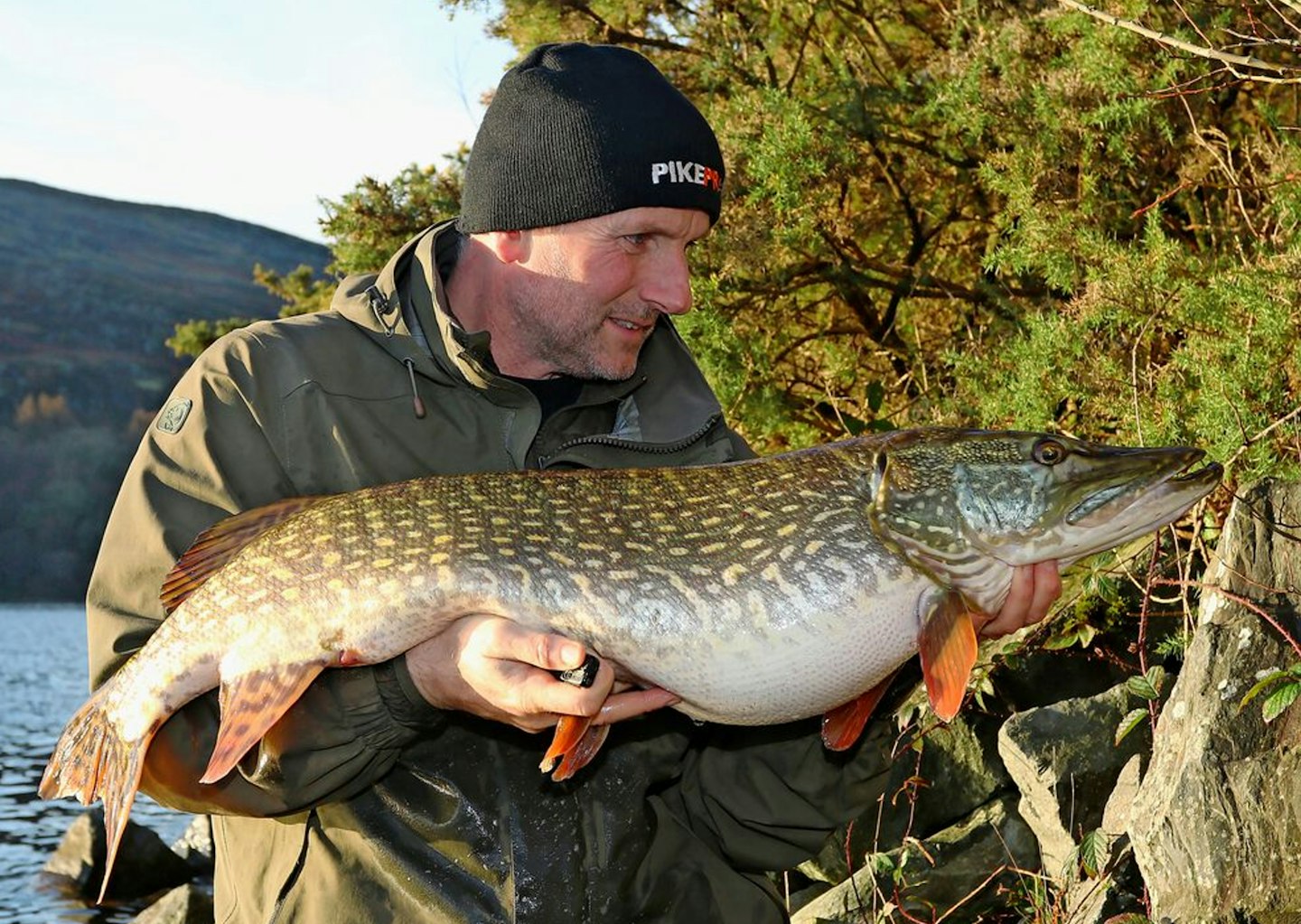
Handle them confidently
Manage this, and you’ll have far fewer problems. A good tip, especially for newbies to predator angling, is to use a leather gardening glove or similar to help boost your confidence when handling and unhooking pike. Cuts and grazes are inevitable, but being confident with how you hold the fish and remove the hooks with long-nosed forceps will guarantee its welfare.
Support their weight
Something a lot of anglers get wrong comes at the ‘trophy shot’ stage. Don’t handle pike as you would a carp, with one hand under the head and one below the belly, as this will only increase pressure on the pike’s spine. Grip one hand under the jaw, and then cradle the rest of the fish with your other arm under its vent to support its weight evenly.
HOW TO UNHOOK PIKE SAFELY
1. Place the pike on a padded unhooking mat, making sure its fins are flush to its body, and gently sit astride it to stop it thrashing about.

2. Run your fingers into the underside of its jaws, steering clear of its gills. Apply light pressure with your thumb to secure a firm hold.
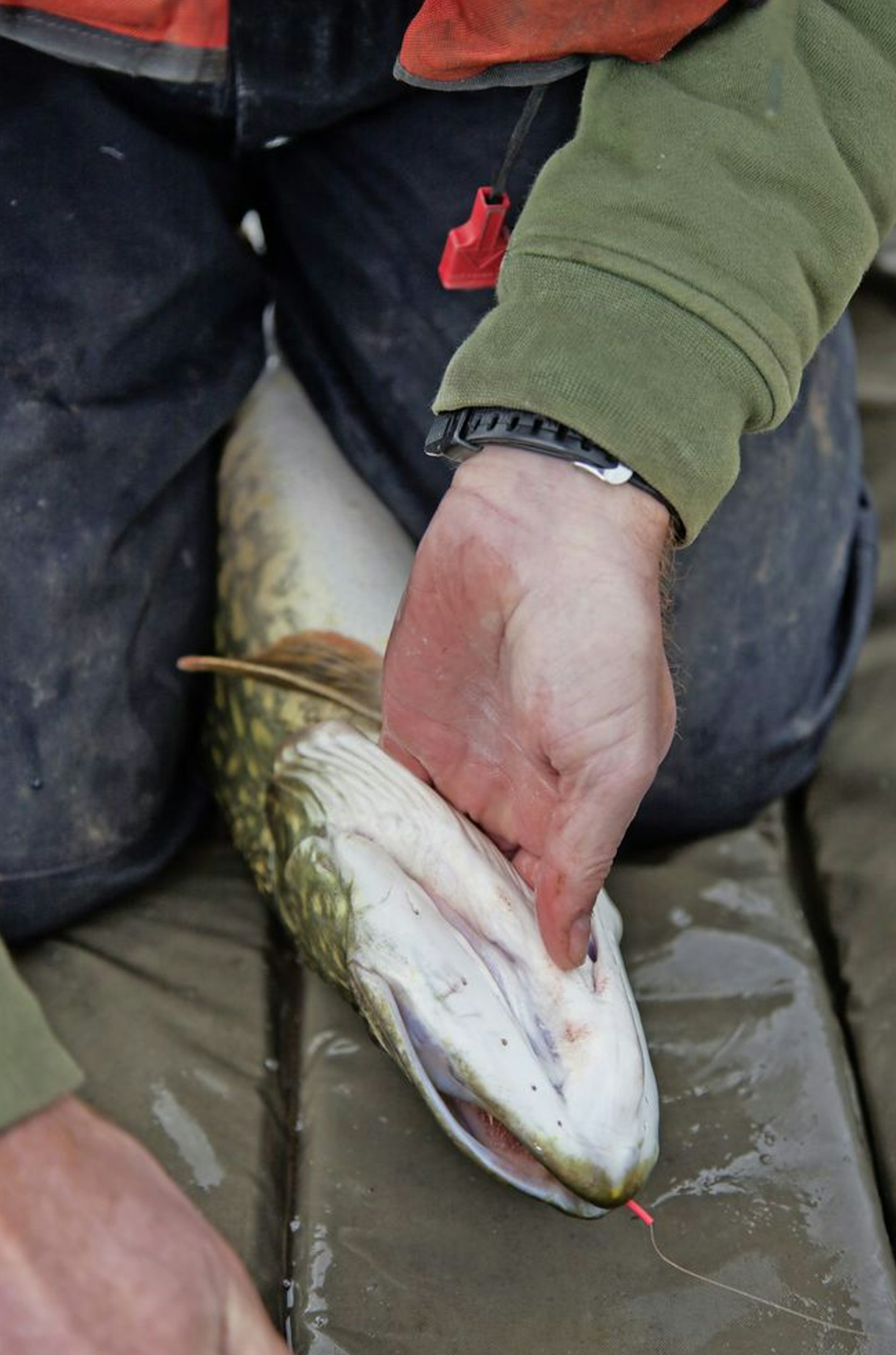
3. Now lift the jaws slightly upwards towards you and the pike’s mouth will open. Finally, carefully remove the trebles with forceps.
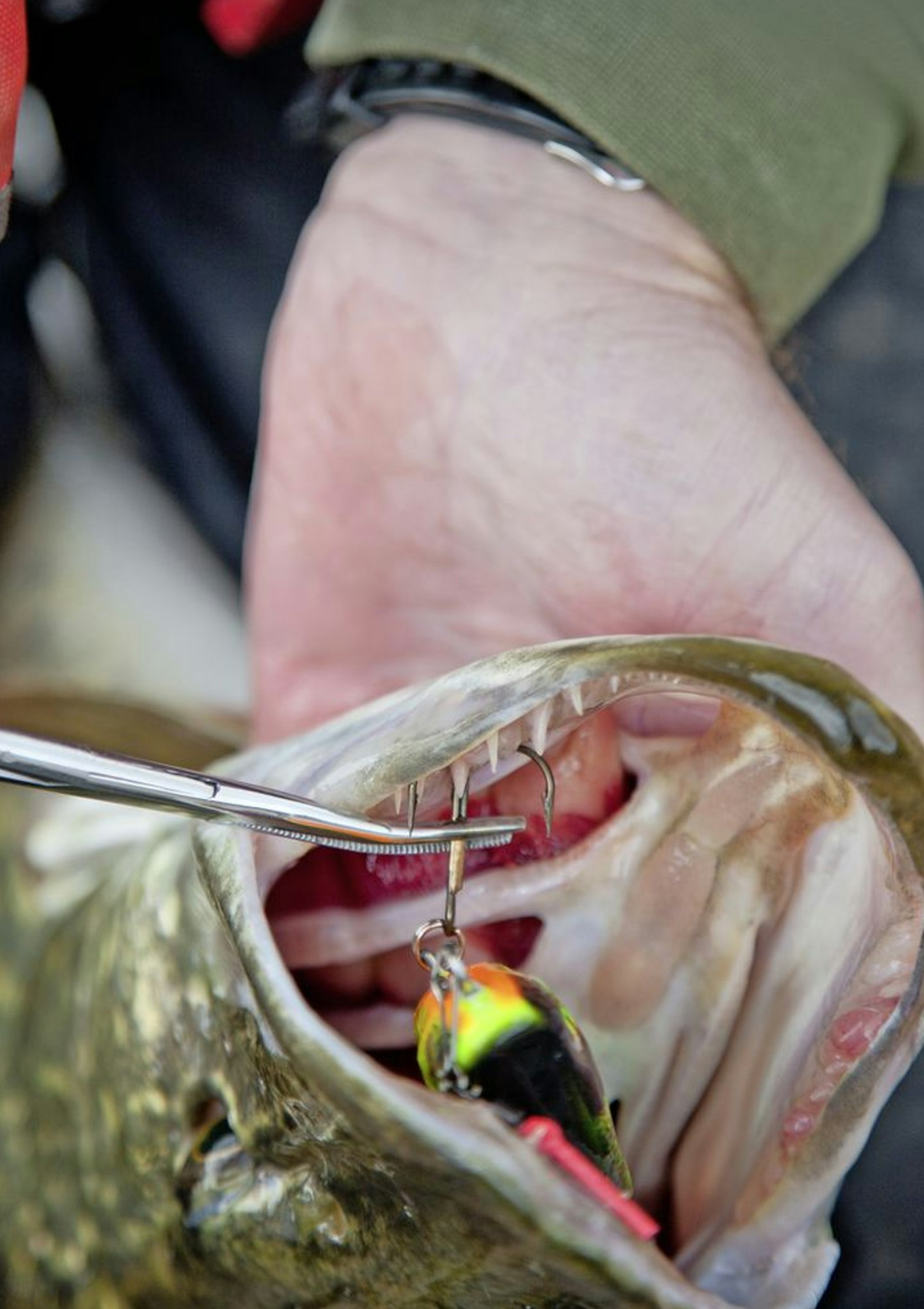
SIX GOOD ALL-ROUND FISH-CARE HABITS TO GET INTO FOR ALL COARSE SPECIES
Regardless of the species being targeted, the following general fish-care guidelines will stand you in good stead…
Prior preparation
The way you treat your catch starts before it is even hooked. Always use an unhooking mat (modern ones can often be rolled up and attached to your rucksack with a carabiner clip), and have a safe, flat area earmarked for the unhooking process, with other necessary gear such as disgorger (or forceps) and weigh scales at the ready.
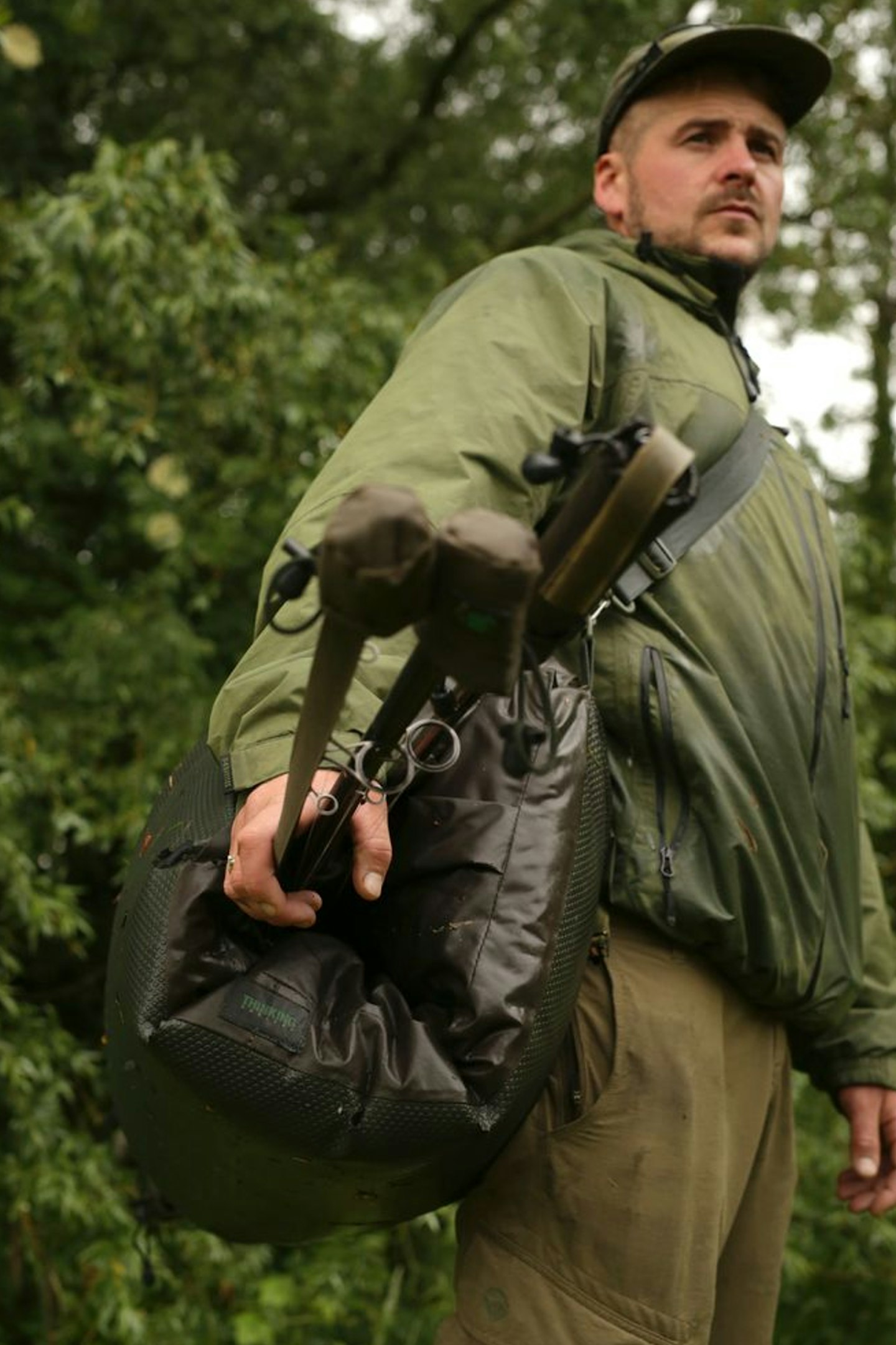
Wet hands for handling
Handle fish with dry hands and you risk removing their protective slime – they will wriggle more too! Use wet hands, never a towel or rag of any kind, to hold a fish, because this will also remove the slime and leave it vulnerable to infection. If a fish flaps about on the mat, cover its eyes with the landing net mesh to calm it down.
Keep your catch in the water
The ultimate way to ensure the welfare of a netted fish is not to remove it from the drink at all. If you fish a river or lake with shallow margins, you might be able to simply slip the hook out and release the fish without ever taking it ashore.
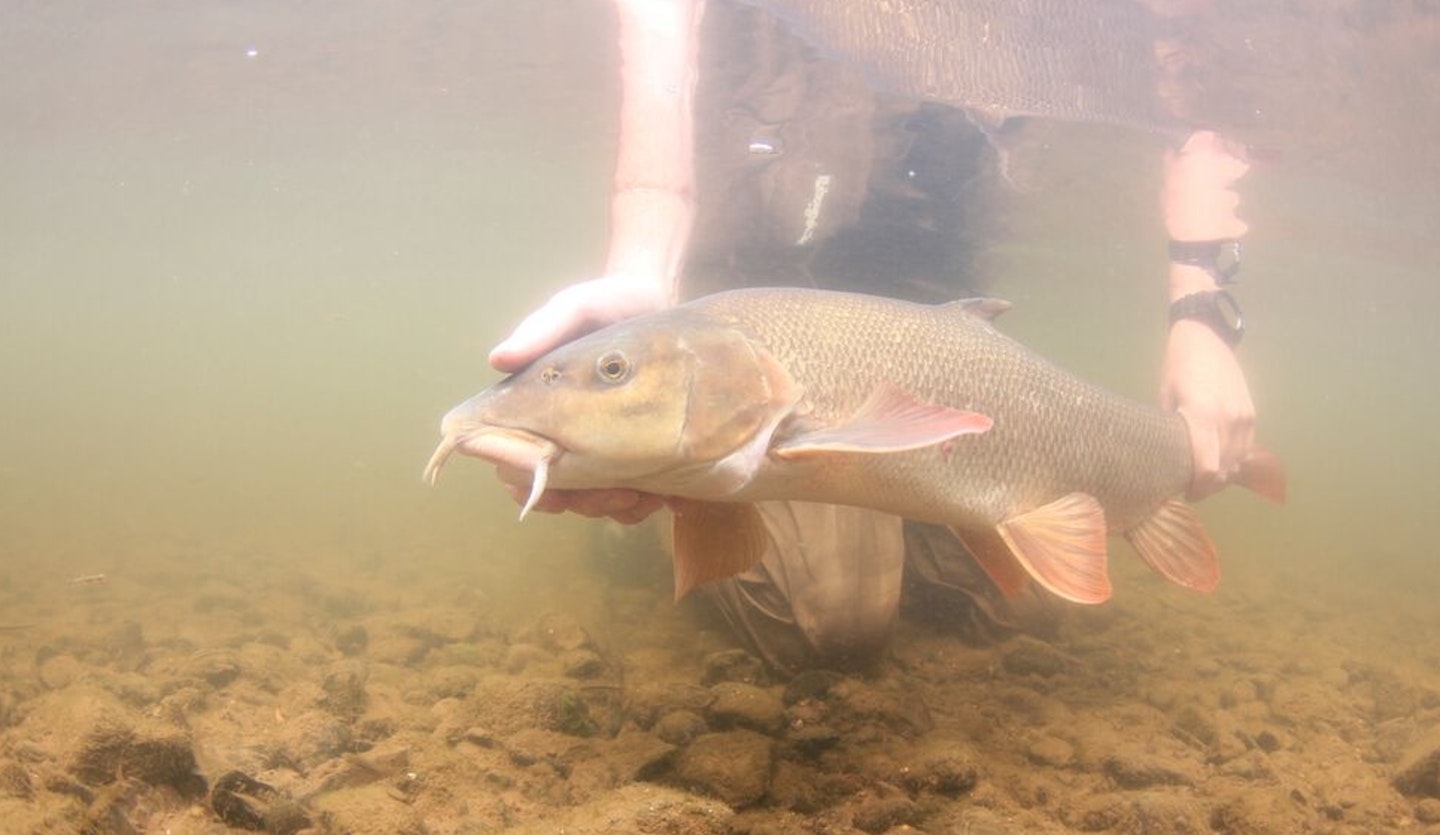
Kneel, and cradle
Always kneel when holding a fish up for a picture. Drop it when kneeling over an unhooking mat and it’s unlikely to come to harm. If you are standing up and it flips, it could be disastrous. Some anglers squeeze fish into unnatural poses for catch shots, but most of the fish’s vital organs are below the gills and towards the front, so avoid pressure on this area. Instead, use a cupped hand, perhaps holding the wrist of the tail with your other.
Revive and return
A fish that has fought hard might be too tired to swim off strongly right away. So, be prepared to hold it upright in the water, facing it into the current if it’s a river fish. Barbel, pike and grayling require extra-special care, so be patient until the fish’s fins start rippling and it attempts to swim off with a kick.
This page is a free example of the amazing content Angling Times Members get every single week. Becoming an Angling Times Member gives you access to award-winning magazine content, member rewards, our back issue archives, bonus content and more! Join our fishing community and find out more today!
